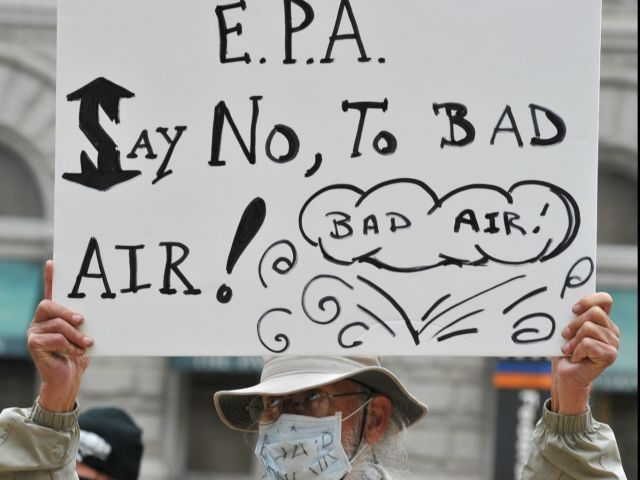When President Obama came into office, his appointees to the Environmental Protection Agency (EPA) promised anti-farm activists and other environmental groups that a crackdown on animal waste was in the works. But nearly seven years later, no new rules have been proposed on how to further restrict about 300 million tons per year of animal waste, causing activists to cry foul.
Even during the Bush administration, the EPA was dragging its feet over changing rules for how to deal with the animal waste from Concentrated Animal Feeding Operations (CAFO), the nation’s hog farms, chicken farms, and other live stock producers. One problem is that there is conflicting science with activists saying that liquifying the animal waste and using it for fertilizer is not working as the various farm lobbies say it should while the farmers say that the current practice, while an olfactory annoyance, is working perfectly as it is.
According to the EPA, the CAFO farms are:
agricultural operations where animals are kept and raised in confined situations. AFOs congregate animals, feed, manure and urine, dead animals, and production operations on a small land area. Feed is brought to the animals rather than the animals grazing or otherwise seeking feed in pastures, fields, or on rangeland.
And these operations are growing as America and the world eat more meat products.
The problem is that these farms produce a lot of stinky animal waste, up to 200 million tons a year and growing. A solution has been found, though, and currently these operations create lagoons full of liquifying animal waste that is then sprayed as manure onto local farm fields to nurture crops. Proponents say it is the perfect, environmentally friendly solution.
But as National Geographic noted last year, residents who live around these industrial animal farms are not pleased at the never waning stink and, worse, they say the farms often violate rules. National Geographic, for instance, found a hog producer in North Carolina who was spraying liquified waste on fields that had standing water from recent rains still on them, which is against federal rules.
Still, Obama’s EPA came out of the box in 2009 claiming that it intended to tighten rules and inspections on farming operations all across the country and put more limits on how much and when this liquified waste could be sprayed on crops. But so far, even this far into his second term, Obama’s EPA has done nothing.
Aside from complaints from local residents of the constant stink from these operations, there is also the matter of rivers, streams, and ground water becoming saturated with the nutrients contained in the spraying of the animal waste. While these nutrients may be good for crops, they aren’t as good for water sources.
A recent article at Bloomberg quotes University of North Carolina at Wilmington Professor Larry Cahoon saying the runoff from these farms is causing algae blooms in lakes, rivers, and streams, which is killing fish and fouling waters.
Waterkeeper Alliance and other environmental groups sued the EPA in 2010 to force it to revisit the rules for animal waste, but five years later, not a thing has changed. In fact, this may be one of the few places where Obama’s administration has not come down on an industry to choke it into submission.
According to the Bloomberg piece, the number of enforcement actions is at a seven-year low, with only 26 since Obama took office, compared to 71 in 2008, and studies of air quality around these giant industrial farms have been on a slow track since at least 2005.
In the face of growing opposition, the farming groups dispute that there is any reason at all to revisit the CAFO waste rules.
Kraig Westerbeek, a spokesman for Smithfield Foods, the nation’s largest pork producer, says they are actually improving their community by liquifying pig manure, then spraying it as fertilizer on crops in the fields. “The application of waste is something that’s become more and more popular because it’s recycling,” he told Bloomberg.
Industry officials also say that using spray applications makes it less likely to cause pollution because the spraying can be more precisely applied and can be more easily monitored for how it affects soil and water runoff.
On top of all that, the spraying is cheaper than pumping waste into trucks and driving the waste off to another site, a process that incurs the burning of “global warming” causing fuel for trucks and simply forces some other community to deal with the waste.
The clashes between farmers, residents, and environmental groups are growing, too, as CAFOs increase in number throughout the South and Midwest, where most of the largest animal producers operate. Certainly, CAFOs are facing stiff resistance in the environmentalist movement, but so far in two terms, the Obama administration appears happy to maintain the status quo on CAFO waste rules.
Follow Warner Todd Huston on Twitter @warnerthuston or email the author at igcolonel@hotmail.com.

COMMENTS
Please let us know if you're having issues with commenting.